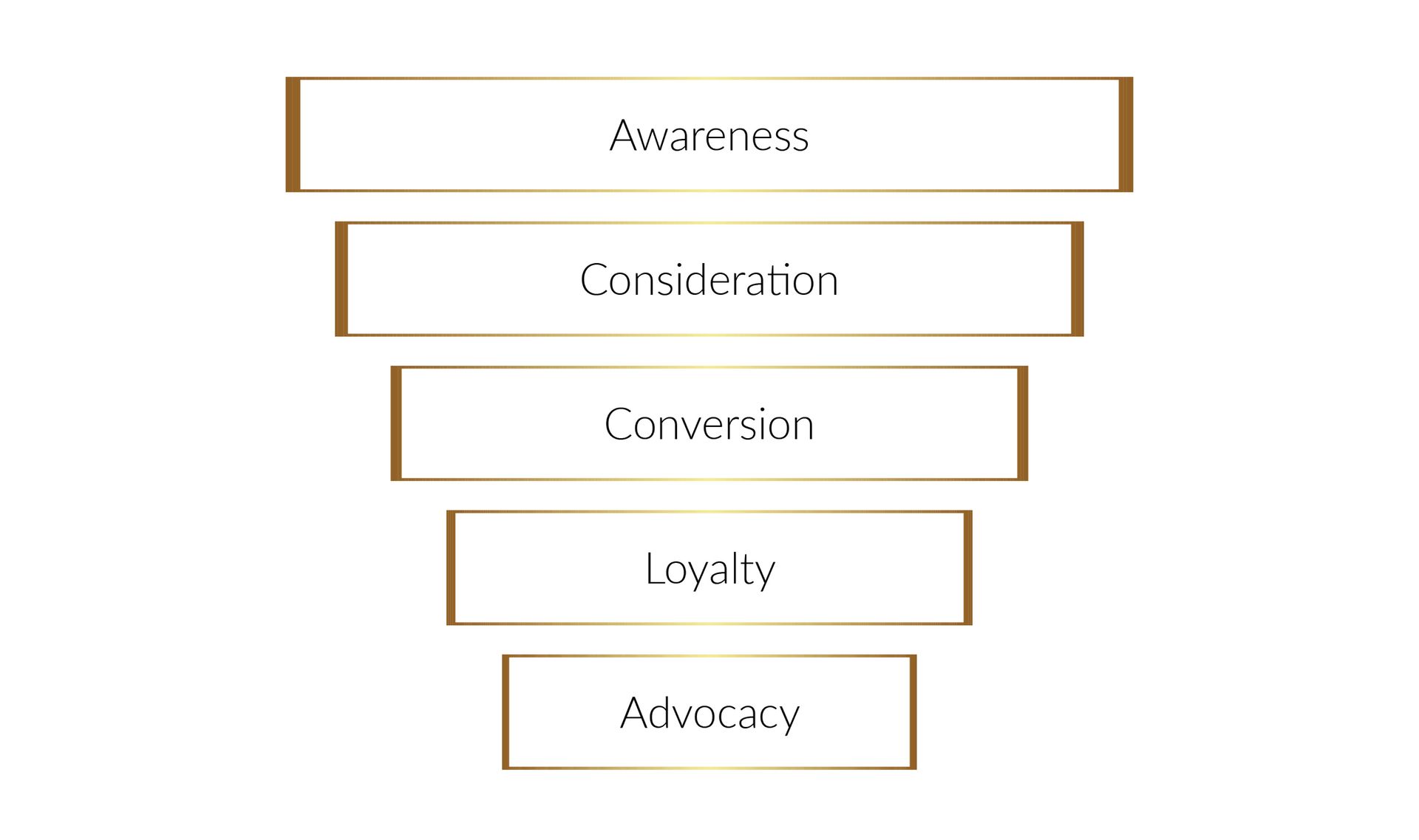Elevate Your Workplace: A Deep Dive into Employee Engagement and Happiness
The Engaged Workplace: A Data-Driven Approach to Boosting Employee Productivity and Happiness

Introduction
In today's rapidly evolving business landscape, one term you'll frequently encounter is 'employee engagement.' It has become the buzzword in corporate circles and for good reason. Employee engagement is the cornerstone of a successful organization, pivotal in determining productivity, employee satisfaction, and, ultimately, a company's bottom line.
The Importance of Employee Engagement
Employee engagement is more than just a trendy HR term. It is a critical business strategy that leads to improved performance, greater job satisfaction, and increased employee retention. Engaged employees are not only more productive, but they're also more likely to stay loyal to their companies, reducing the costs associated with high turnover. Dynamic teams lead to higher customer satisfaction, and companies with high employee engagement levels outperform their competitors on multiple fronts, including profitability, productivity, and customer ratings. In the age of social media and employer review sites like Glassdoor, a company's reputation as an engaging workplace can also significantly affect its ability to attract top talent.
Defining Employee Engagement
So, what exactly is employee engagement? Employee engagement is an employee's emotional commitment to their organization and its goals. It's not about employee satisfaction or happiness per se but about an employee's enthusiasm, dedication, and involvement in their work. Engaged employees care about their work and their company. They don't just work for a paycheck or the next promotion but work for the company's goals.
Employee engagement is about creating an environment where employees feel connected to their work and the organization, are motivated to do their best, and are willing to go the extra mile to contribute to the organization's success.
In the coming sections, we will explore understanding employee engagement, why it matters, and how you can increase and measure it effectively in your organization. Stay tuned!
Understanding the Key Drivers of Employee Engagement
Before we delve into increasing employee engagement, it's crucial to understand what drives it. Different organizations may have varying drivers, but some key factors universally impact employee engagement levels.
1. Clear Communication: Employees must understand the organization's mission, vision, and goals to feel engaged. Transparent communication from leadership about the company's objectives and how employees' roles align with them fosters a sense of purpose and connection.
2. Recognition and Appreciation: Recognizing employees' contributions is a powerful engagement tool. Regular, meaningful recognition makes employees feel valued and appreciated, increasing motivation and productivity.
3. Growth and Development Opportunities: Employees are more engaged when they see a clear path for growth and development within the organization. Offering ongoing learning and professional development opportunities shows employees that the organization is invested in their future.
4. Positive Workplace Culture: A supportive and inclusive workplace culture where employees feel valued and respected boosts engagement. Promoting teamwork, collaboration, and a sense of belonging can help create such a culture.
5. Work-Life Balance: Respecting employees' need for work-life balance is crucial for engagement. Flexible work arrangements, understanding personal commitments, and promoting wellness can help employees achieve this balance.
6. Effective Leadership: Leaders who inspire confidence, demonstrate transparency, and show genuine care for their employees can significantly boost engagement levels.
7. Employee Autonomy: Empowering employees to make decisions and giving them a sense of control over their work fosters a sense of ownership and boosts engagement.
The next section will explore strategies to increase employee engagement based on these drivers. But remember, engagement isn't a one-time effort; it's an ongoing process that requires consistent effort and commitment from all levels of the organization.
Strategies to Increase Employee Engagement
Now that we understand the key drivers of employee engagement, let's explore some strategies to help increase it within your organization. These strategies align with the drivers discussed in the previous section and can be adapted to fit your organization's unique needs and circumstances.
1. Improve Internal Communication: Implement regular team meetings, send consistent updates about the company's progress towards its goals, and encourage open dialogue. Utilize internal communication tools to facilitate easy and efficient communication.
2. Recognize and Reward Employees: Develop a system for recognizing and rewarding employees' work and achievements. This can be as simple as a shout-out in a team meeting or as elaborate as an annual awards ceremony. Remember, the recognition should be meaningful and align with the company's values.
3. Provide Opportunities for Growth and Development: Invest in employee development programs, offer mentoring and coaching, and provide opportunities for employees to take on new challenges. Ensure employees are aware of these opportunities and how to take advantage of them.
4. Cultivate a Positive Workplace Culture: Promote inclusivity, encourage teamwork, and foster a sense of belonging. This could involve team-building activities, diversity and inclusion initiatives, or simply creating a welcoming and supportive work environment.
5. Promote Work-Life Balance: Encourage employees to take breaks, offer flexible work schedules, and respect personal time. Promote wellness programs to help employees manage stress and maintain a healthy work-life balance.
6. Practice Effective Leadership: Lead by example, show empathy, and communicate openly. Provide regular feedback and be open to receiving feedback from your team.
7. Empower Your Employees: Give employees autonomy over their work, involve them in decision-making processes, and trust them to perform their roles effectively.
Implementing these strategies can significantly increase employee engagement in your organization, leading to higher productivity, improved employee satisfaction, and a more positive workplace environment.
Measuring Employee Happiness and Productivity
Measuring employee happiness and productivity, the two critical components of employee engagement, is crucial for understanding the current state of your workforce and making informed decisions for improvement. Here are some strategies and tools that can help you measure these essential aspects:
1. Employee Surveys: Regular employee surveys gather data on happiness, satisfaction, and engagement. This can include annual engagement surveys, pulse surveys, or even daily mood-tracking tools. Ask questions about how employees feel about their work, team, managers, and the company.
2. Performance Metrics: Use performance metrics to track productivity. This can be job-specific (such as sales targets for a salesperson) or more general (such as meeting deadlines or completing projects). Remember that while productivity is important, it should not come at the expense of employee well-being.
3. Exit Interviews: When employees leave the company, conduct exit interviews to understand their reasons for leaving and overall company experience. This can provide valuable insights into areas that may need improvement.
4. One-on-One Meetings: Regular one-on-one meetings between employees and managers can provide insights into employee happiness and productivity. These meetings should be an open forum where employees can share their thoughts, challenges, and suggestions.
5. Feedback Tools: Implementing real-time feedback tools can provide insight into productivity and happiness. These can be digital tools that allow for ongoing feedback, peer recognition, and progress tracking.
6. Observation: Sometimes, the simplest methods are the most effective. Observing employee behavior, interaction, and general demeanor can provide many insights into their happiness and productivity levels.
7. Well-being Programs: Evaluate participation and feedback in employee well-being programs to assess their impact on employee happiness.
Remember, it's essential to communicate to your employees why you're collecting this data and how it will be used to improve their work experience. Transparency will make your employees more likely to provide honest and valuable feedback.
Analyzing the Data and Taking Action
Once you've gathered data on employee happiness and productivity, the next step is to analyze and use this information to make informed decisions. Here's how to do it:
1. Data Analysis: Review the data collected from your surveys, interviews, and feedback tools. Look for trends, patterns, or areas of concern. For example, a drop in happiness scores in a particular department or team may signal issues that need addressing.
2. Identifying Key Drivers of Engagement: From the data, identify the factors most impact your organization's engagement. This could be anything from leadership style, communication transparency, workload, recognition, career advancement opportunities, or work-life balance.
3. Creating an Action Plan: Based on your analysis, create an action plan. This should include both short-term and long-term strategies to improve employee happiness and productivity. Ensure that your programs align with your organization's overall goals and culture.
4. Communicating the Plan: Share your findings and action plan with the organization. Transparency is key to building trust and engagement. Let your employees know that their feedback is valued and that you are committed to improving.
5. Implementing the Plan: Start implementing the changes, whether it's introducing new programs, changing company policies, or providing more training and development opportunities.
6. Monitoring Progress: Once you've made changes, don't forget to monitor their impact. Continue to use your measurement tools to track progress over time. Be prepared to make adjustments as necessary.
By following these steps, you'll be well on your way to increasing employee engagement, happiness, and productivity in your organization. Remember, improving employee engagement is a continuous process that requires regular attention and care. Keep the conversation going, stay flexible, and always be willing to learn and adapt.
Case Studies Demonstrating Successful Employee Engagement Strategies
In this section, we will explore real-world case studies that highlight successful employee engagement strategies. These examples underline the effectiveness of the methods discussed in the previous sections of this blog post.
Case Study: Fostering Employee Wellness for Engagement
One company that has succeeded with employee engagement is a mid-sized tech firm that prioritized wellness. The company's HR team implemented a series of wellness initiatives, including healthy eating programs and in-person fitness classes. The positive response from employees was overwhelming, leading to a significant boost in overall engagement levels at the organization.
Case Study: Talent Management and Employee Engagement
Another excellent example is a Fortune 500 company that prioritized talent management. By focusing on continuous learning, skill development, and succession planning, the company was able to foster a culture of engagement. As a result, they saw a significant increase in the retention of top talent and an improvement in their overall business performance.
Case Study: Prioritizing Employee Engagement in HR Practices
A global manufacturing company saw a considerable improvement in employee engagement after they placed it at the heart of their HR practices. They established a series of employee-centric initiatives, including regular feedback sessions, an open-door policy, and a rewards and recognition system. These measures ensured that employees felt valued, heard, and engaged, leading to a measurable increase in productivity and job satisfaction.
Please note that these case studies are only a tiny sample of the many successful employee engagement strategies organizations implement worldwide. They are strong evidence of the positive impact a focus on employee engagement can have on an organization's overall success.
The following section will delve into the tools and technologies that can help drive and measure employee engagement effectively. Stay tuned!
Tools and Technologies for Employee Engagement
Technology plays a crucial role in shaping and facilitating employee engagement in the digital age. From communication and collaboration tools to specialized engagement platforms, the right technology can significantly impact. This section will explore some of the most effective tools and technologies for boosting employee engagement.
Communication and Collaboration Tools
Clear, consistent communication is a critical component of employee engagement. Platforms like Slack, Microsoft Teams, and Zoom can facilitate real-time communication and collaboration among team members, regardless of their location. These tools allow for immediate feedback and open lines of communication, both essential for fostering a sense of engagement.
Engagement Platforms
There are also several platforms specifically designed to boost employee engagement. These include platforms like TINYpulse, which provides leaders with real-time employee feedback, or Glint, which uses AI-driven insights to help companies increase employee engagement and develop their people.
Learning and Development Platforms
As discussed earlier, continuous learning and professional development are key drivers of employee engagement. Platforms like LinkedIn Learning, Coursera, and Skillshare offer various courses and resources that employees can use to develop new skills and knowledge.
HRIS and Performance Management Systems
Human Resource Information Systems (HRIS) and Performance Management Systems are other types of tool that can significantly impact employee engagement. Systems like BambooHR or Workday can automate HR tasks, track employee performance, and provide insights that can help drive engagement strategies.
Employee Recognition Platforms
Employee recognition is a potent engagement driver. Platforms like Bonusly and Kudos enable peer-to-peer recognition and rewards, fostering a culture of appreciation that can significantly boost engagement.
In the next and final section, we will wrap up and provide some final thoughts on the critical nature of employee engagement and its importance to the success of an organization.
While these tools and technologies can enhance employee engagement, they are just one piece of the puzzle. The most important aspect is still the human element - leadership committed to fostering a culture of engagement, open communication, recognition, and continuous learning.
Conclusion - The Future of Employee Engagement
As we conclude this blog, it's essential to acknowledge that employee engagement is not a static concept - it is dynamic, evolving, and requires continuous effort and attention. The tools, strategies, and approaches that work today need to be adapted or reimagined for the workforce of tomorrow.
The Continuing Evolution of Employee Engagement
The future of work is rapidly changing with technological advancements, shifts in workforce demographics, and evolving employee expectations. Consequently, our understanding and approach to employee engagement must also continue to evolve. Today's focus on holistic well-being, purposeful work, and inclusive culture are examples of this evolution.
The Role of Leaders
Leaders play a critical role in driving employee engagement. Their ability to communicate effectively, show empathy, and lead authentically will continue to be vital. As we progress, leaders must be equipped with the right tools and training to meet these demands.
A Never-Ending Journey
Building a highly engaged workforce is a continuous journey, not a destination. It requires ongoing commitment, constant reassessment, and the flexibility to adapt strategies based on changing needs and circumstances. The investment, however, is well worth the effort - an engaged workforce is more productive, innovative, and likely to stay with the company.
In the words of Simon Sinek, "Customers will never love a company until the employees love it first." So let's continue our journey to enhance employee engagement because it's not just beneficial for our employees, but it's essential for the overall success of our organizations.
As explored in this guide, employee engagement is a complex but crucial aspect of successful organizations. We hope the insights and strategies shared here will aid you in your quest to boost employee engagement within your organization.
Happy engaging!
#BusinessStrategy, #CareerDevelopment, #ContinuousImprovement, #DataAnalysis, #EmployeeEngagement, #EmployeeHappiness, #EmployeeRecognition, #EmployeeRetention, #EmployeeSurveys, #EngagementStrategy, #FeedbackTools, #HumanResources, #JobSatisfaction, #Leadership, #PerformanceMetrics, #Productivity, #WorkLifeBalance, #WorkplaceCulture, #WorkplaceWellbeing.




